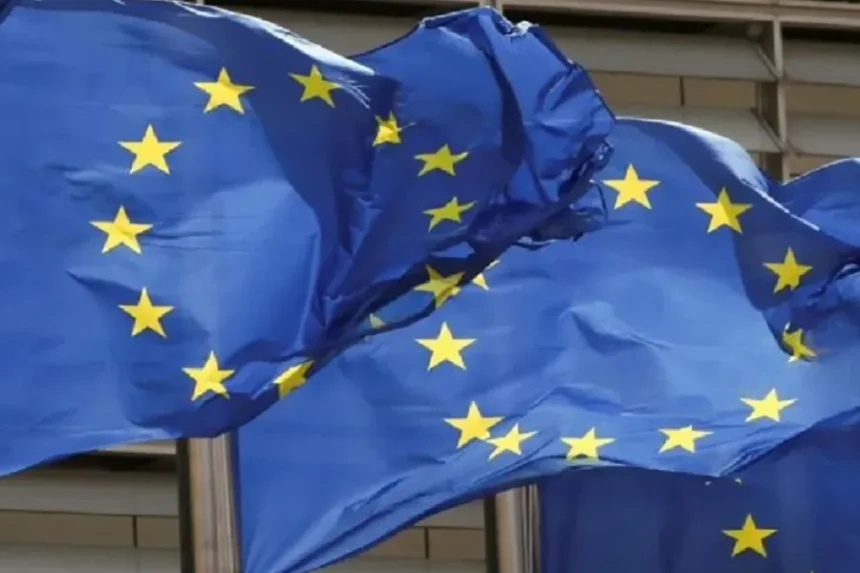Today marks the 39th anniversary since the adoption of the European flag, a powerful symbol of both the European Union and a broader European identity.
On May 26, 1986, the European Community officially approved the flag, which has since become a recognizable emblem of unity across the continent.
What Does the European Flag Represent?
The European flag features 12 golden stars arranged in a circle on a blue background.
- The stars symbolize the ideals of unity, solidarity, and harmony among the peoples of Europe.
- The number 12 does not correspond to the number of EU member states. Instead, it represents perfection, completeness, and unity.
“The circle of stars is a symbol of unity—not a count of nations.”
Over the years, the flag has become an iconic part of European institutions, and it is widely used in public buildings, official events, and international gatherings.
More Than a Political Symbol
Beyond the European Union, the flag is seen as a representation of shared values, peace, and cooperation among European nations. It continues to serve as a reminder of Europe’s collective aspirations and cultural bonds.







